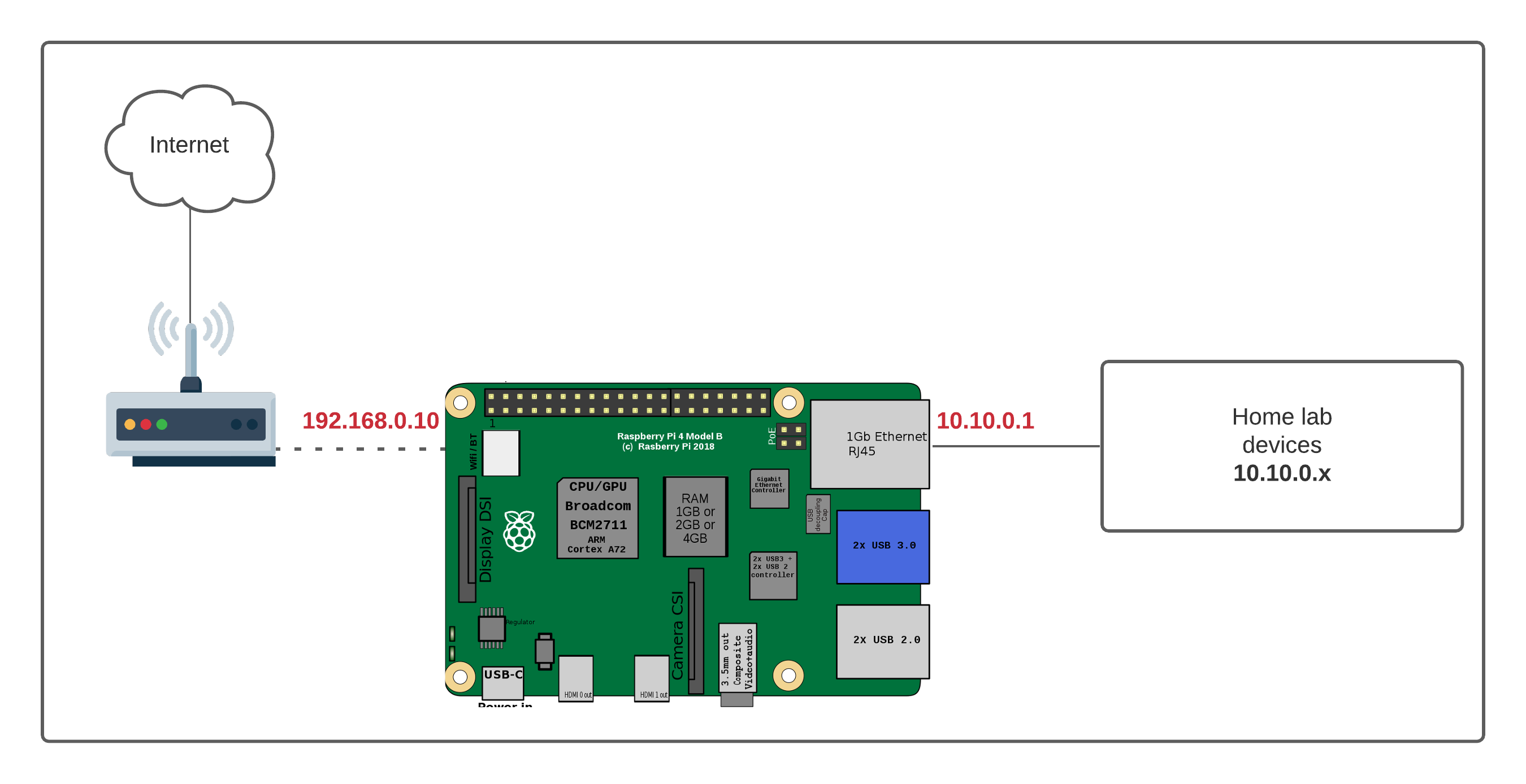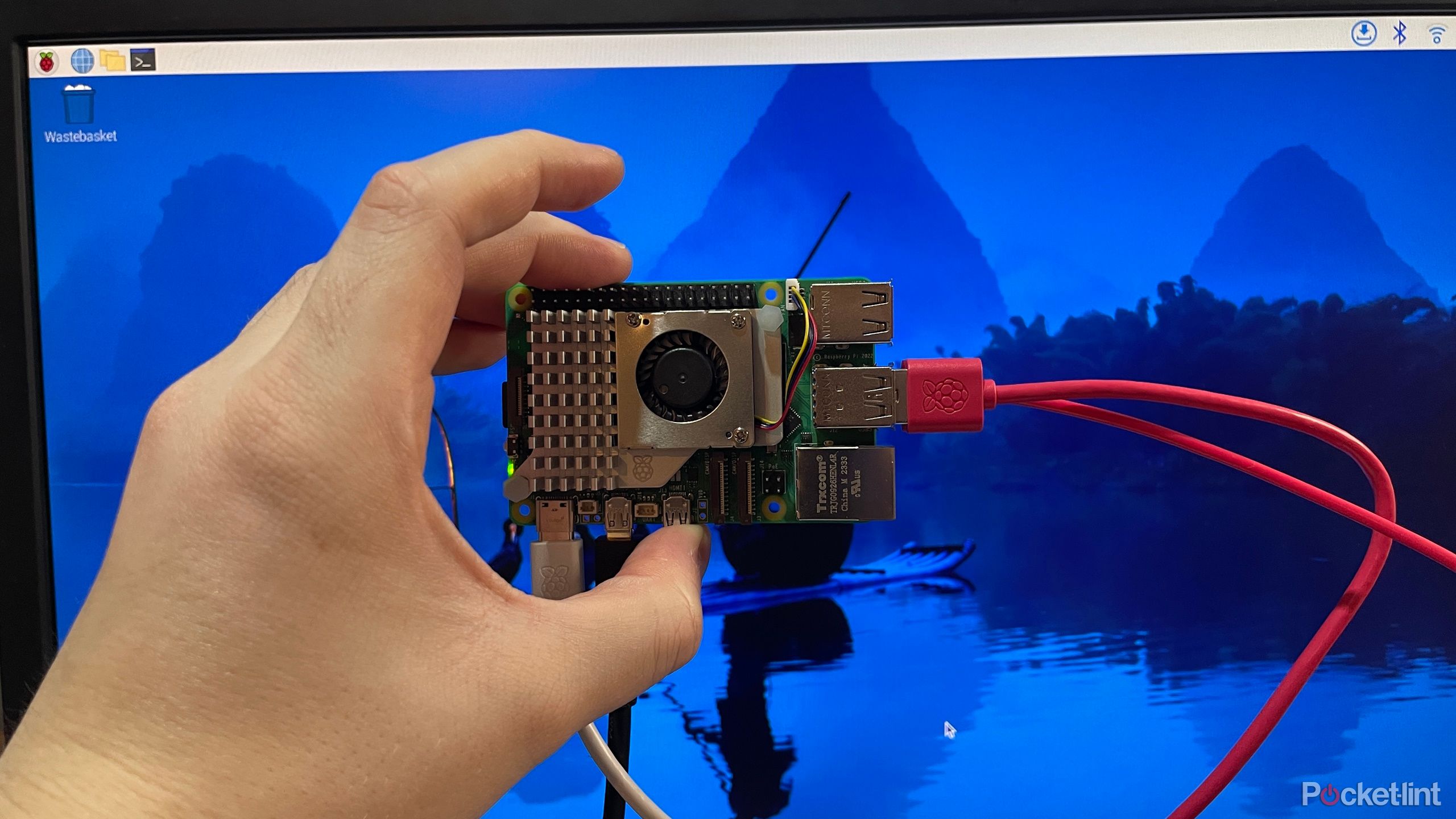RemoteIoT Behind Router Raspberry Pi: The Ultimate Guide For Tinkering Tech Enthusiasts
Listen up, folks. If you're into tech, gadgets, and all things nerdy, then you've probably heard about RemoteIoT behind router Raspberry Pi. It's not just another buzzword; it's a game-changer for anyone who loves to tinker with their devices and make them smarter. Picture this: you're chilling at home, sipping your coffee, and suddenly you realize you can control your smart home devices from anywhere in the world. Sounds cool, right? Well, that's exactly what RemoteIoT behind router Raspberry Pi is all about. Let me break it down for you.
Now, before we dive deep into the nitty-gritty, let's clear the air. RemoteIoT behind router Raspberry Pi is not as intimidating as it sounds. Think of it as giving your Raspberry Pi superpowers to connect with the outside world, even when it's hiding behind your router's firewall. It's like teaching your little Pi to talk to other devices over the internet without shouting too loud. And trust me, once you get the hang of it, you'll wonder how you ever lived without it.
So why does this matter? In today's world, where everything is connected, having a solid understanding of how to set up RemoteIoT behind router Raspberry Pi can open up a whole new world of possibilities. Whether you're building a home automation system, monitoring your garden's moisture levels, or even setting up a security camera, this setup is your golden ticket to making it all work seamlessly. Let's dig in and see what makes it tick, shall we?
- Drakes Viral Video What Happened How He Reacted Latest News
- The Most Humid Cities In The World Us Rankings Insights
What is RemoteIoT Behind Router Raspberry Pi?
RemoteIoT behind router Raspberry Pi is essentially the process of enabling your Raspberry Pi to communicate with other devices over the internet, even when it's safely tucked away behind your router's firewall. It's like giving your Pi a secret passageway to the outside world. Without getting too technical, here's how it works: your Raspberry Pi connects to your local network via your router, and through some clever configurations, you can make it accessible from anywhere on the internet.
This setup is incredibly useful for a variety of projects. Imagine being able to check the temperature in your greenhouse from your office or controlling your smart lights while you're on vacation. RemoteIoT behind router Raspberry Pi makes all of this possible, and more. It's not just about convenience; it's about empowering your devices to work smarter and harder for you.
Why Should You Care About RemoteIoT Behind Router Raspberry Pi?
Here's the deal: if you're into IoT (Internet of Things) projects, you need to know about RemoteIoT behind router Raspberry Pi. It's one of those foundational skills that can take your projects to the next level. Let me give you a few reasons why you should care:
- Ronald Isley Biography Songs The Isley Brothers Legacy
- Unveiling Secrets Insights On Nonprofits Lori Huangs Impact
- Accessibility: With this setup, you can access your Raspberry Pi from anywhere in the world, as long as you have an internet connection.
- Security: By configuring your router and Pi correctly, you can ensure that your devices are safe from prying eyes.
- Versatility: Whether you're building a weather station, a home security system, or a remote-controlled robot, RemoteIoT behind router Raspberry Pi can help you achieve your goals.
- Cost-Effective: You don't need to spend a fortune on expensive hardware. With a Raspberry Pi and a bit of know-how, you're good to go.
See what I mean? This isn't just about setting up a connection; it's about unlocking the full potential of your IoT projects.
Setting Up RemoteIoT Behind Router Raspberry Pi
Alright, let's get our hands dirty. Setting up RemoteIoT behind router Raspberry Pi is easier than you think. Here's a step-by-step guide to help you get started:
Step 1: Gather Your Tools
Before you begin, make sure you have everything you need. Here's a quick checklist:
- Raspberry Pi (any model will do)
- Power supply for your Raspberry Pi
- MicroSD card with Raspberry Pi OS installed
- Router with port forwarding capabilities
- Internet connection
Got all that? Great! Let's move on to the next step.
Step 2: Configure Your Raspberry Pi
Now it's time to set up your Raspberry Pi. Follow these steps:
- Boot up your Raspberry Pi and log in.
- Update your system by running
sudo apt update && sudo apt upgrade. - Install any necessary software, such as SSH or a web server, depending on your project.
- Make sure your Pi has a static IP address on your local network. This ensures that your router always knows where to find it.
That wasn't so bad, was it? Let's keep rolling.
Step 3: Configure Your Router
This is where the magic happens. To make your Raspberry Pi accessible from the internet, you'll need to configure port forwarding on your router. Here's how:
- Log in to your router's admin panel. Usually, you can do this by typing
192.168.0.1or192.168.1.1into your browser. - Find the port forwarding section. It might be called something like "virtual servers" or "port forwarding rules."
- Create a new rule that forwards a specific port (e.g., 22 for SSH) to your Raspberry Pi's static IP address.
- Save your changes and reboot your router if necessary.
Voilà! Your Raspberry Pi is now accessible from the internet. Well, almost...
Step 4: Test Your Connection
The final step is to test your connection. You can do this by trying to connect to your Raspberry Pi from another device on the internet. Use your router's public IP address and the port you forwarded. For example:
ssh pi@your-public-ip-address -p 22
If everything is set up correctly, you should be able to log in to your Raspberry Pi from anywhere in the world. Cool, right?
Best Practices for RemoteIoT Behind Router Raspberry Pi
Now that you know how to set it up, let's talk about some best practices to keep your setup secure and efficient:
- Use Strong Passwords: Never use weak or default passwords for your Raspberry Pi or router. Always use strong, unique passwords.
- Enable Two-Factor Authentication: If possible, set up two-factor authentication for added security.
- Keep Your Software Up-to-Date: Regularly update your Raspberry Pi's operating system and any installed software to patch security vulnerabilities.
- Limit Access: Only forward the ports you absolutely need. This reduces the attack surface for potential hackers.
- Monitor Your Logs: Keep an eye on your Raspberry Pi's logs to detect any suspicious activity.
By following these best practices, you can enjoy the benefits of RemoteIoT behind router Raspberry Pi without compromising your security.
Common Challenges and Solutions
Of course, no setup is without its challenges. Here are some common issues you might encounter and how to solve them:
Problem 1: Can't Connect to Raspberry Pi
Solution: Double-check your router's port forwarding settings and make sure your Raspberry Pi has a static IP address. Also, verify that your firewall isn't blocking the connection.
Problem 2: Slow Connection
Solution: Optimize your Raspberry Pi's performance by disabling unnecessary services and ensuring your network is running smoothly.
Problem 3: Security Concerns
Solution: Implement the best practices mentioned earlier and consider using a service like No-IP or Dynu for dynamic DNS.
With a bit of troubleshooting, you'll be up and running in no time.
Real-World Applications of RemoteIoT Behind Router Raspberry Pi
So, what can you actually do with RemoteIoT behind router Raspberry Pi? The possibilities are endless. Here are a few ideas to get you started:
- Home Automation: Control your smart home devices from anywhere in the world.
- Remote Monitoring: Set up cameras or sensors to monitor your property while you're away.
- Weather Station: Build a weather station that uploads data to the cloud for analysis.
- File Server: Use your Raspberry Pi as a remote file server to access your files from anywhere.
The only limit is your imagination. So go ahead and experiment!
Security Considerations for RemoteIoT Behind Router Raspberry Pi
Security is always a top priority when it comes to IoT devices. Here are a few tips to keep your RemoteIoT behind router Raspberry Pi setup secure:
- Use a strong, unique password for your Raspberry Pi and router.
- Enable two-factor authentication wherever possible.
- Keep your software and firmware up-to-date.
- Use a firewall to block unwanted traffic.
- Monitor your logs regularly for any suspicious activity.
By taking these precautions, you can enjoy the benefits of RemoteIoT behind router Raspberry Pi without worrying about security breaches.
Future Trends in RemoteIoT Behind Router Raspberry Pi
As technology continues to evolve, so does the world of IoT. Here are a few trends to watch out for:
- 5G Connectivity: Faster internet speeds will make RemoteIoT behind router Raspberry Pi even more powerful.
- AI Integration: Expect to see more AI-powered IoT devices that can learn and adapt to your needs.
- Edge Computing: Processing data closer to the source will reduce latency and improve performance.
Stay tuned for these exciting developments and see how they can enhance your projects.
Conclusion
Well, there you have it – everything you need to know about RemoteIoT behind router Raspberry Pi. From setting it up to troubleshooting common issues, we've covered it all. Remember, this setup isn't just about connecting your devices; it's about empowering them to work smarter and harder for you.
So what are you waiting for? Grab your Raspberry Pi, roll up your sleeves, and start tinkering. And don't forget to share your experiences in the comments below. Who knows? You might just inspire someone else to dive into the world of IoT. Happy tinkering, folks!
Table of Contents
- What is RemoteIoT Behind Router Raspberry Pi?
- Why Should You Care About RemoteIoT Behind Router Raspberry Pi?
- Setting Up RemoteIoT Behind Router Raspberry Pi
- Best Practices for RemoteIoT Behind Router Raspberry Pi
- Common Challenges and Solutions
- Real-World Applications of RemoteIoT Behind Router Raspberry Pi
- Security Considerations for RemoteIoT Behind Router Raspberry Pi
- Future Trends in RemoteIoT Behind Router Raspberry Pi
- Conclusion

Remoteiot Behind Router Raspberry Pi FREE Easy Guide!

Remoteiot Behind Router Raspberry Pi FREE Easy Guide!

Best Remote IoT Raspberry Pi Setup Behind Router A Guide